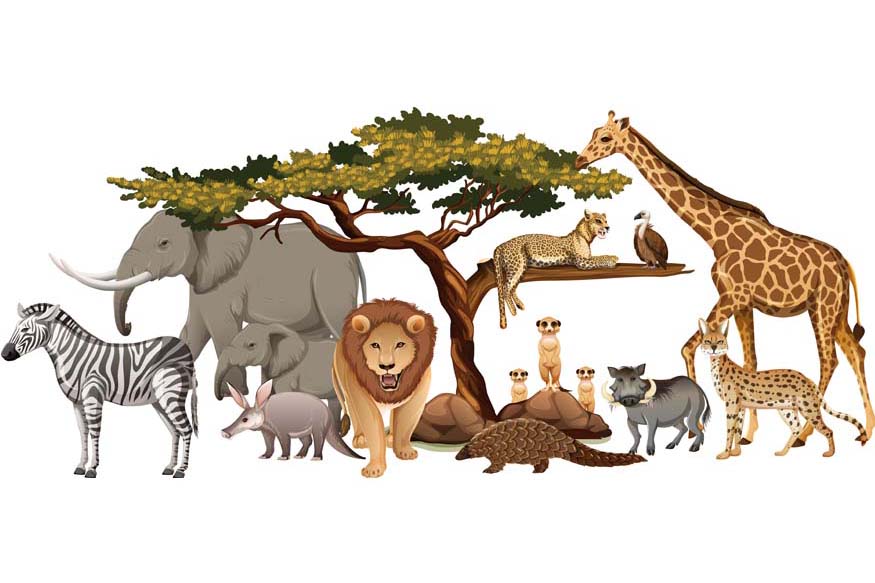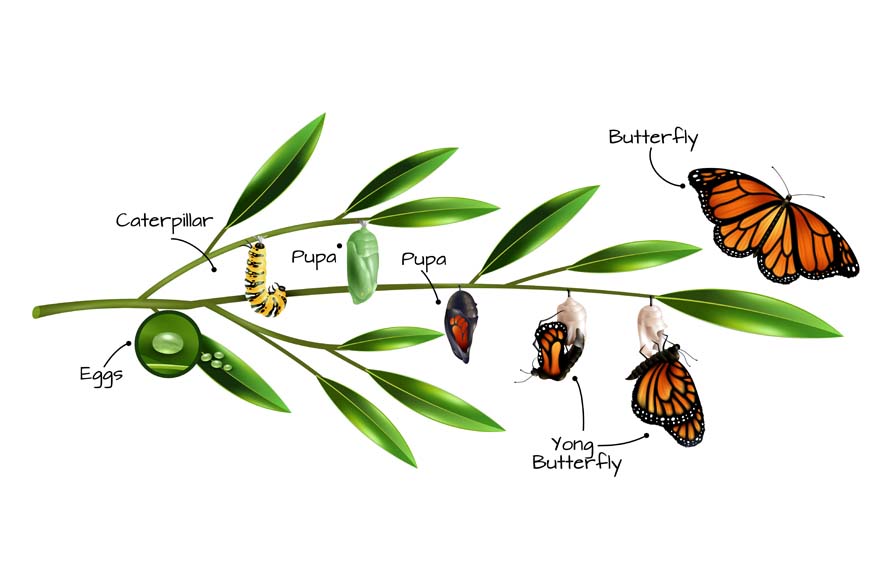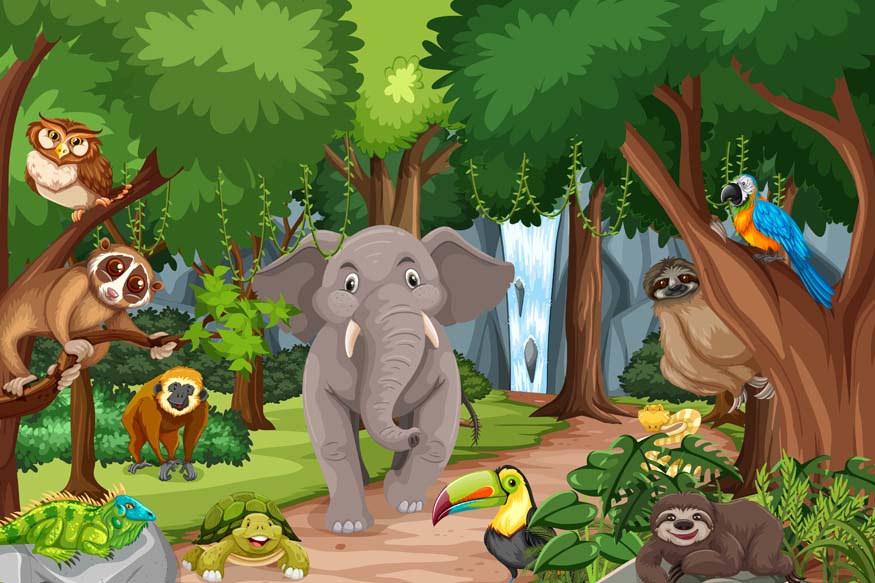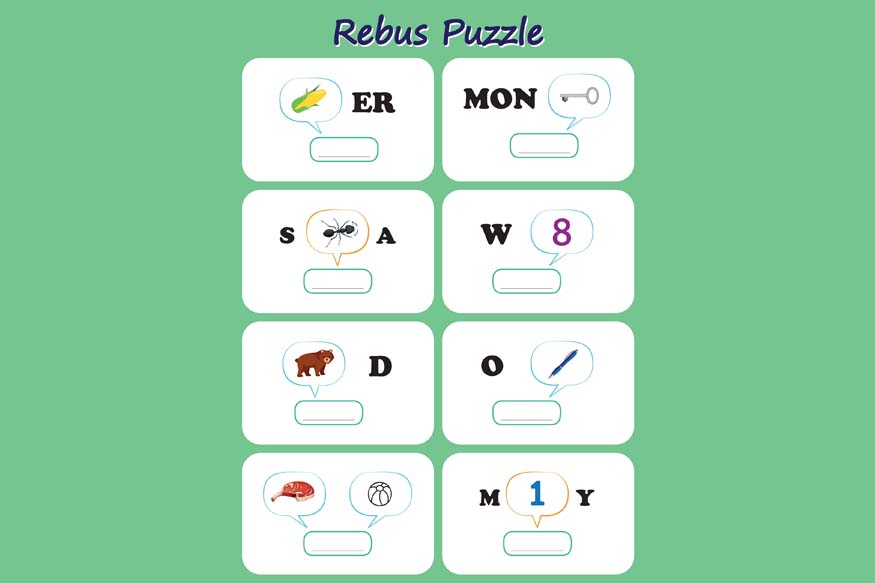Exploring the world of animals with children can be fun and educational. From Africa’s jungles to the Pacific Ocean’s depths, the animal kingdom is diverse and full of fascinating creatures. Engaging children in learning about different types of animals sparks curiosity and a love for nature.
This blog will explore various types of animals, categorised by their habitats, physical features, and behaviours, making it easy for kids to learn while having fun.
Wild Animals
Wild animals live in natural habitats like forests, savannahs, and jungles. These animals are not domesticated and must find food, water, and shelter to survive. Some wild animals are large and powerful, while others are small and quick. Learning about wild animals can teach kids about survival in the wild, animal adaptations, and ecosystems.
Lions:
Known as the king of the jungle, lions are large carnivorous animals found mainly in Africa. They live in groups called prides and are known for their strong roar, which can be heard from miles away. Kids love learning about lions due to their majestic appearance and the way they work together to hunt.

Elephants:
These gentle giants are the largest land animals on Earth. Elephants are herbivores and spend most of their time grazing on grass and leaves. They are known for their intelligence and strong family bonds, making them fascinating for children to study.
Giraffes:
The tallest animals on the planet, giraffes are known for their long necks, which help them reach leaves on tall trees. Their unique appearance and graceful movements make them intriguing animal for kids to learn about.
Farm Animals
Farm animals are often domesticated and live on farms, where they provide food, materials, or labour for humans. These animals are usually familiar to children, as they can often be seen in books, cartoons, or petting zoos.
Cows:
Cows are large, gentle animals that produce milk, which is used to make dairy products like cheese, butter, and yoghurt. Children can learn about the role cows play on farms along with their several benefits as a domestic animal.
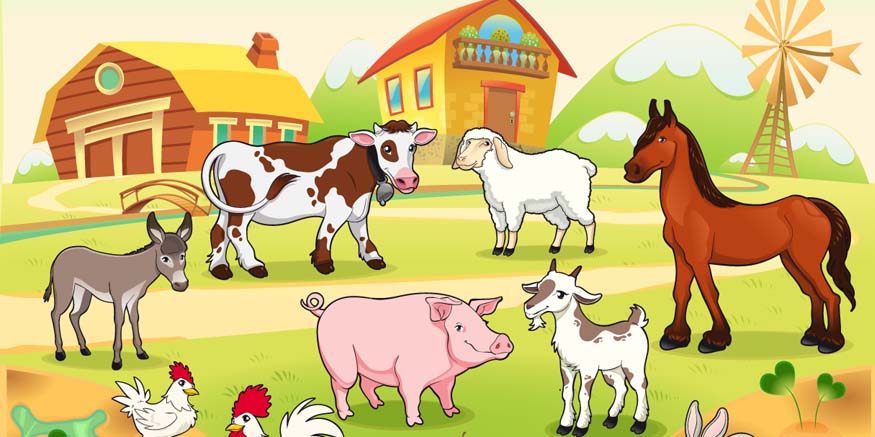
Sheep:
These woolly animals are known for their soft fleece, which is used to make woollen clothes and blankets. Kids can enjoy learning about how sheep are sheared and how their wool is turned into useful items.
Chickens:
Chickens are common farm animals that lay eggs, which are a staple in many households. Watching a chicken peck around the farmyard or seeing baby chicks hatch from eggs can be an exciting learning experience for young children.
Pets
Pet animals are the ones that live with humans and provide companionship and joy. They are often the first animals that children interact with, making them an important part of early animal education. Learning how to care for pets also helps children develop responsibility and empathy.
Dogs:
Often called “man’s best friend,” dogs are loyal and loving companions. There are many breeds of dogs, each with their unique characteristics. Some are small and playful, while others are large and protective. Kids can learn about different dog breeds and how to care for them, including feeding, grooming, and exercise.
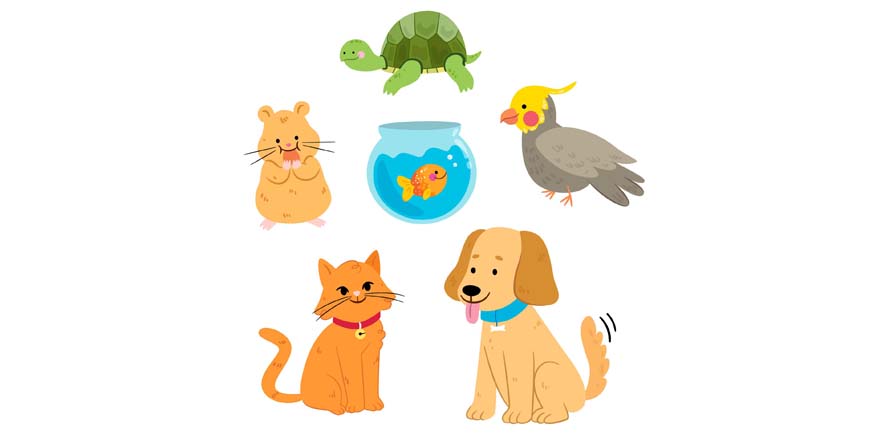
Cats:
Cats are independent yet affectionate animals. They are known for their agility and sharp hunting skills. Children often enjoy playing with cats and learning about their curious behaviour can be both fun and educational.
Fish:
Fish are common pets that are easy to care for. Watching fish swim in a tank can be calming, and learning how to maintain an aquarium teaches children about the importance of a clean and healthy environment for animals.
Sea Animals
The ocean is home to some of the most amazing creatures on Earth. Many sea animals have unique adaptations that allow them to survive in underwater environments. Teaching kids about sea animals can open up a world of wonder about the deep blue seas and the creatures that inhabit them.
Dolphins:
Dolphins are highly intelligent marine mammals known for their playful nature. They communicate through clicks and whistles and are often seen leaping out of the water. Children love learning about dolphins due to their friendly and social behaviour.
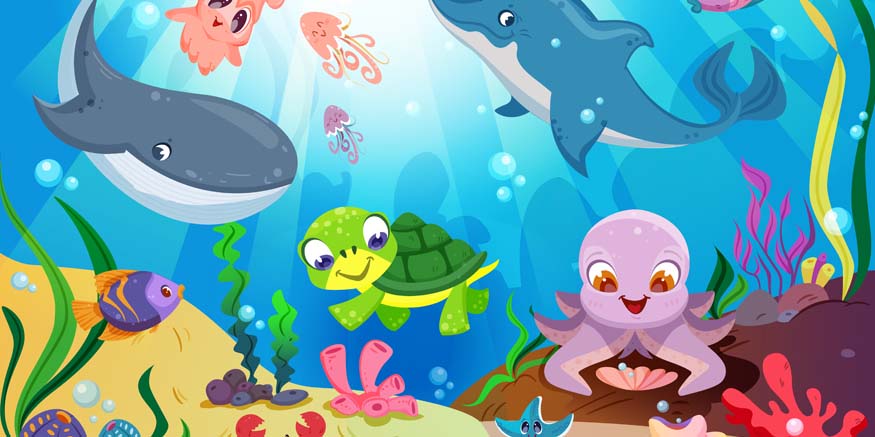
Sharks:
These powerful predators have lived in the oceans for millions of years. While some sharks are dangerous, many species are harmless to humans. Learning about sharks helps children understand their role in maintaining balance in the ocean’s ecosystem.
Octopuses:
Octopuses are fascinating creatures with eight arms and the ability to change colour to blend into their surroundings. Their unique appearance and intelligence make them an exciting animal for kids to explore.
Birds
Birds are found all over the world, from forests and deserts to urban environments. They come in a variety of shapes, sizes, and colours, making them captivating for children to observe. Learning about birds also introduces children to the concept of flight and migration.
Parrots:
Parrots are colourful birds known for their ability to mimic human speech. These birds are often kept as pets and can live for many years. Children are usually fascinated by parrots’ bright feathers and talking abilities.
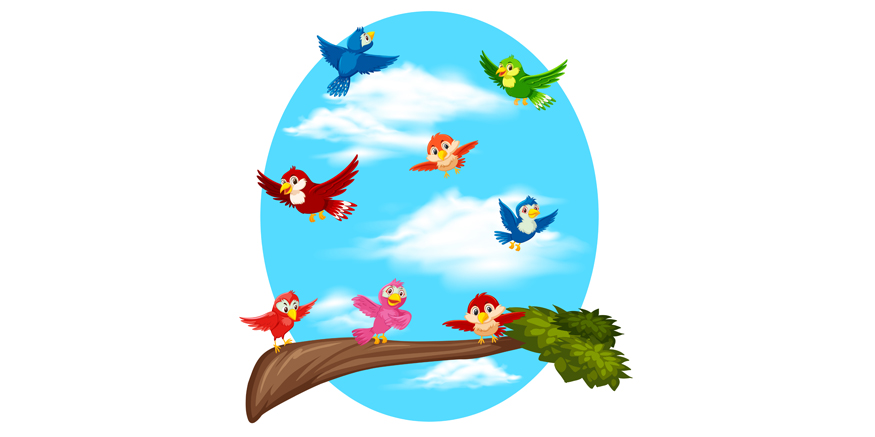
Eagles:
Eagles are powerful birds of prey with sharp talons and keen eyesight. They are often seen soaring high in the sky and are admired for their strength and independence. Kids enjoy learning about the eagle’s hunting skills and majestic flight.
Penguins:
Unlike most birds, penguins cannot fly. They are excellent swimmers and spend much of their time in the water. Penguins live in cold climates, such as Antarctica, and their waddling walk and group behaviour make them a favourite among children.
Conclusion
Exploring the different types of animals with kids is an enriching experience that fosters curiosity, knowledge, and a deeper appreciation for the natural world. From wild animals to farm animals, pets to sea creatures, and birds, each group offers unique characteristics and teaches children important lessons about the environment, animal behaviour, and the interconnectedness of life on Earth.
At Centre Point School (CPS), we believe in encouraging this natural curiosity in children. By integrating engaging animal-related activities into our curriculum, we help children develop a love for learning about the world around them, inspiring future explorers, scientists, and environmentalists.

